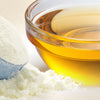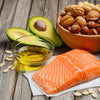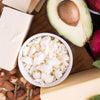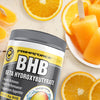Are Soft Drinks and Fruit Juices Equally Bad for You?
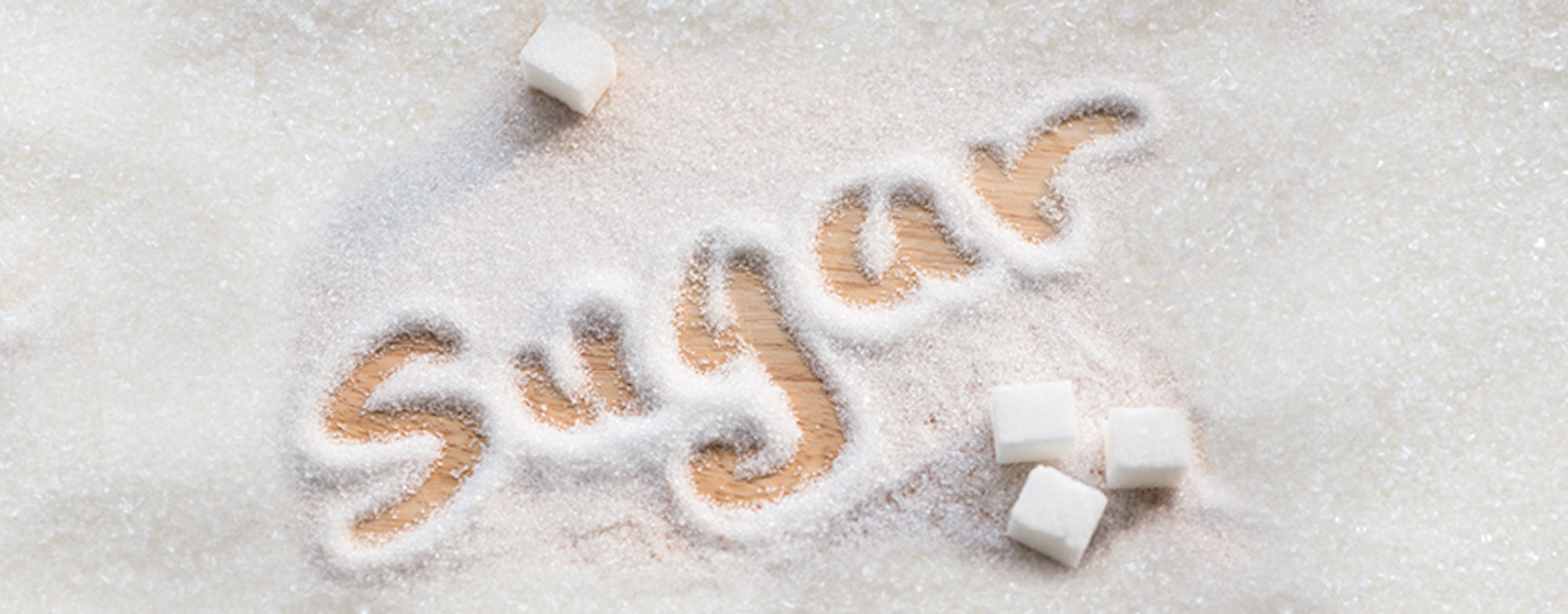

Most people don’t realize that soda and fruit juice are equally fattening, but what’s even more surprising is the meteoric rise of soda in the United States.
You’d never guess it by looking at the rows of the colorful two-liter plastic bottles on your grocery store’s shelves, but soft drinks got their start as a health drink. A Philadelphia pharmacist by the name of Charles Hires introduced root beer in 1876 and modeled his recipe after Native American root teas made from birch bark, sassafras, and other botanicals. He dubbed it “the greatest health-giving beverage in the world.”
Today, of course, no one would consider a soft drink a health drink. In fact, some fast food restaurants and convenience stores sell this delicious “elixir” in sizes pushing 64 ounces. So, the natural alternative would be fruit juice, right? Well… not really. There’s really no difference between a soft drink and fruit juice. Orange juice started as a value-added product that was created when growers didn’t know what to do with their excess fruit that couldn’t be sold fresh. Just like soft drinks, juice started out being sold in small four-ounce glasses. But today, it’s not uncommon to see kids drinking 12-ounce (or larger) glasses of the stuff. Moreover, like the soda of yore, its health benefits are touted endlessly. Some popular health juices are marketed with claims of high antioxidants and descriptors like “freshology” and “all natural” are used as features. But often, these healthy “fruit juices” contain more sugar per serving than soft drinks do.
Next time you’re craving a sweet fruity drink, try a PrimaForce BHB drink, a great tasting and convenient fuel source, which will actually help control your cravings rather than embolden them like those unfulfilling sugary snacks and empty carbs you’re used to consuming.
Try PrimaForce BHB drinks during afternoon energy “slumps,” or before/during exercise, to help fuel mental and physical performance.
